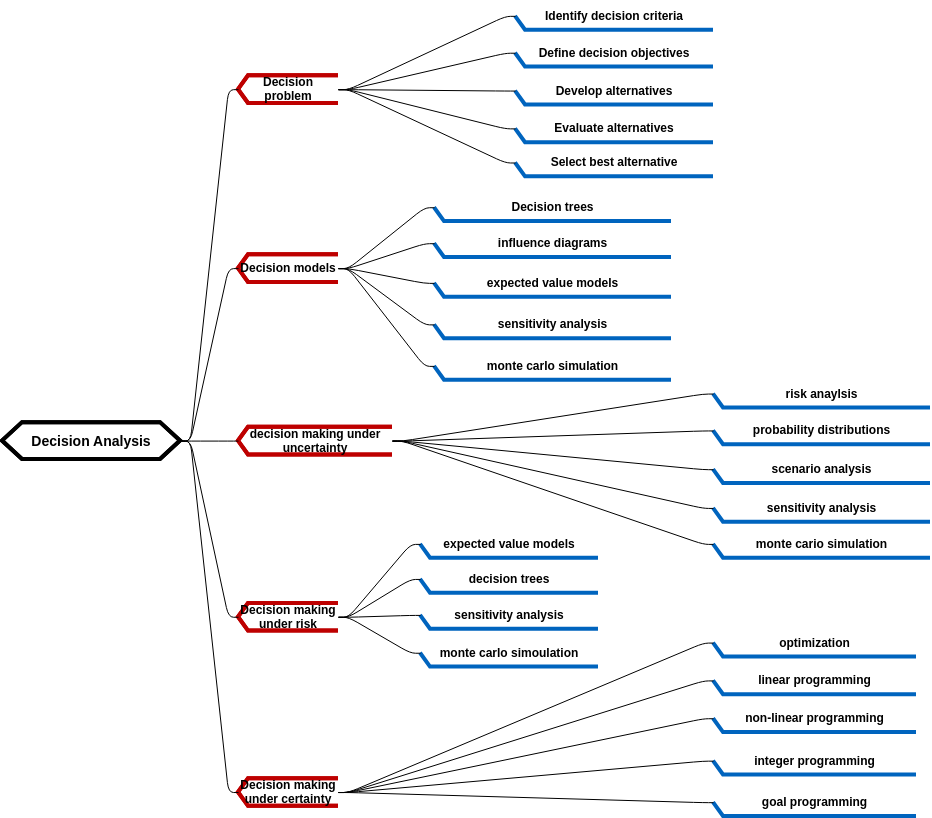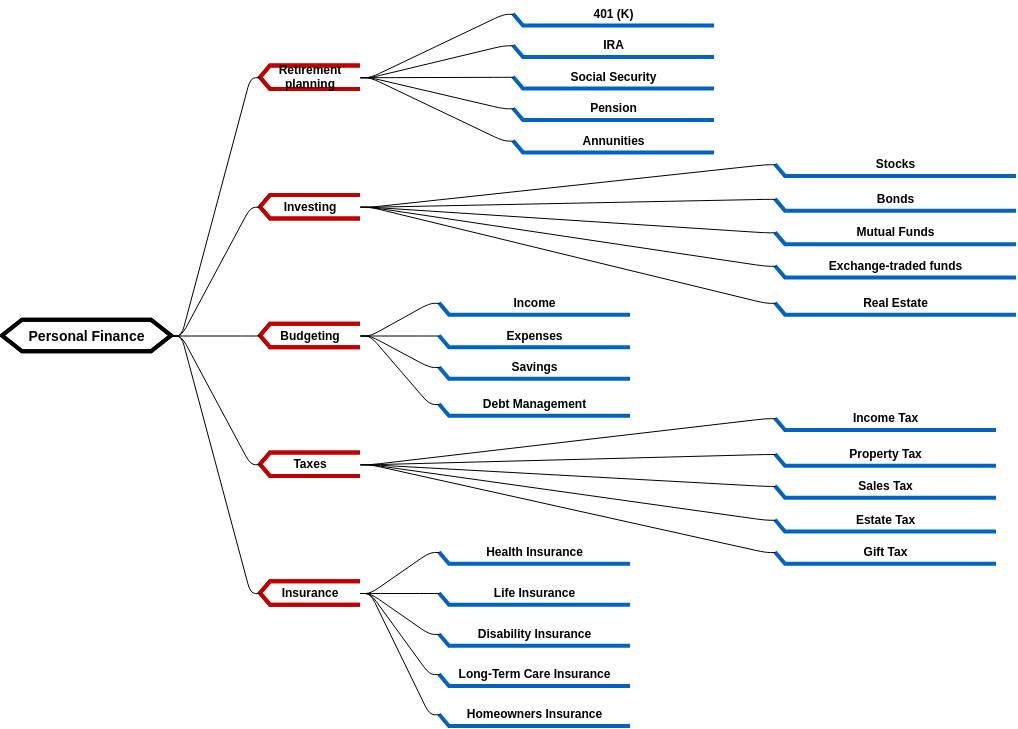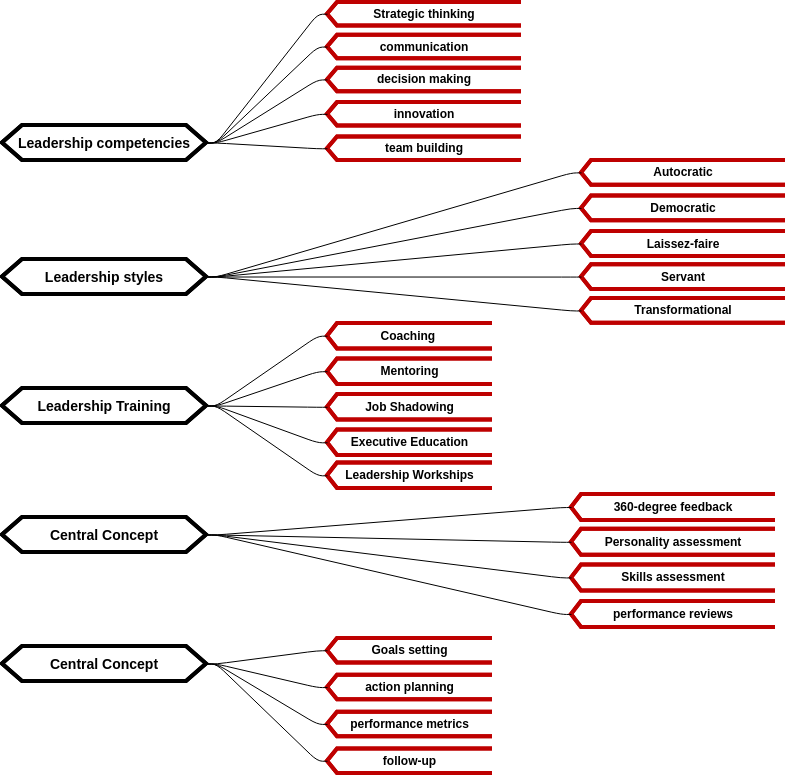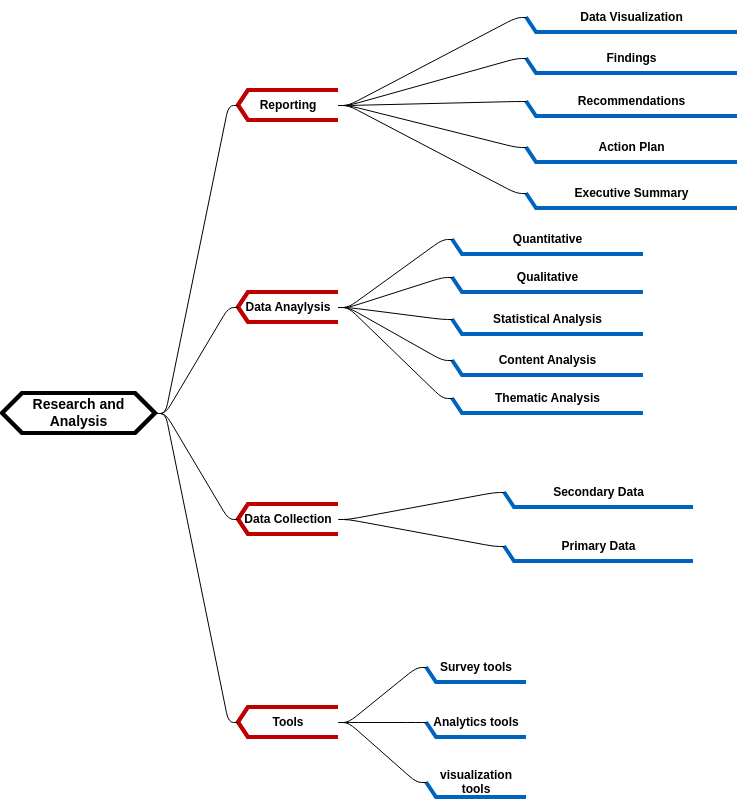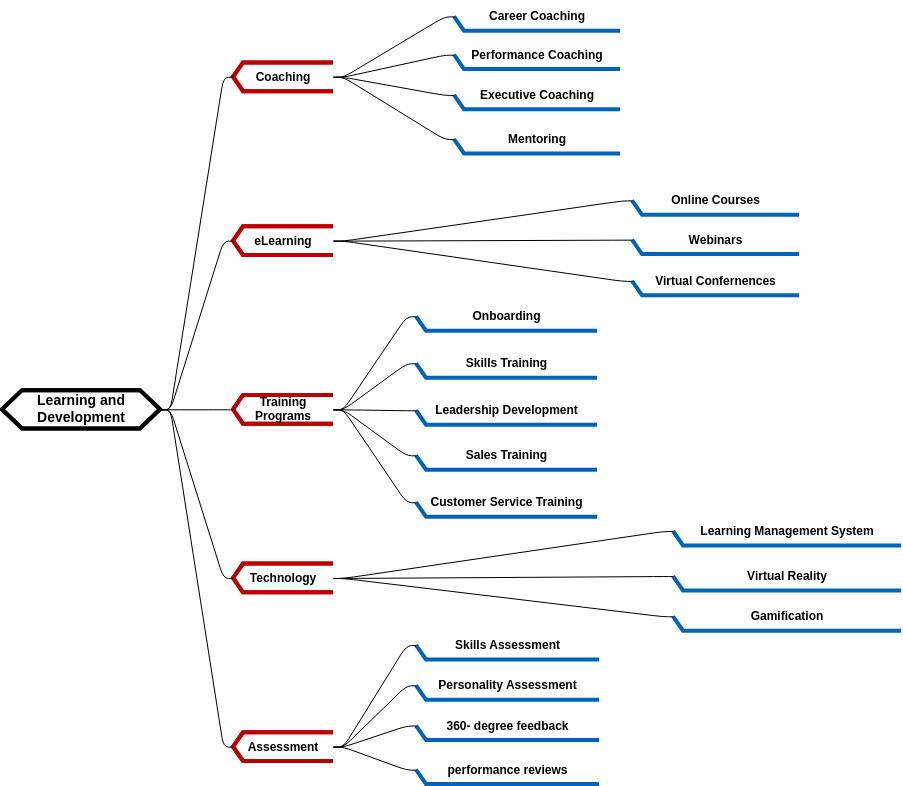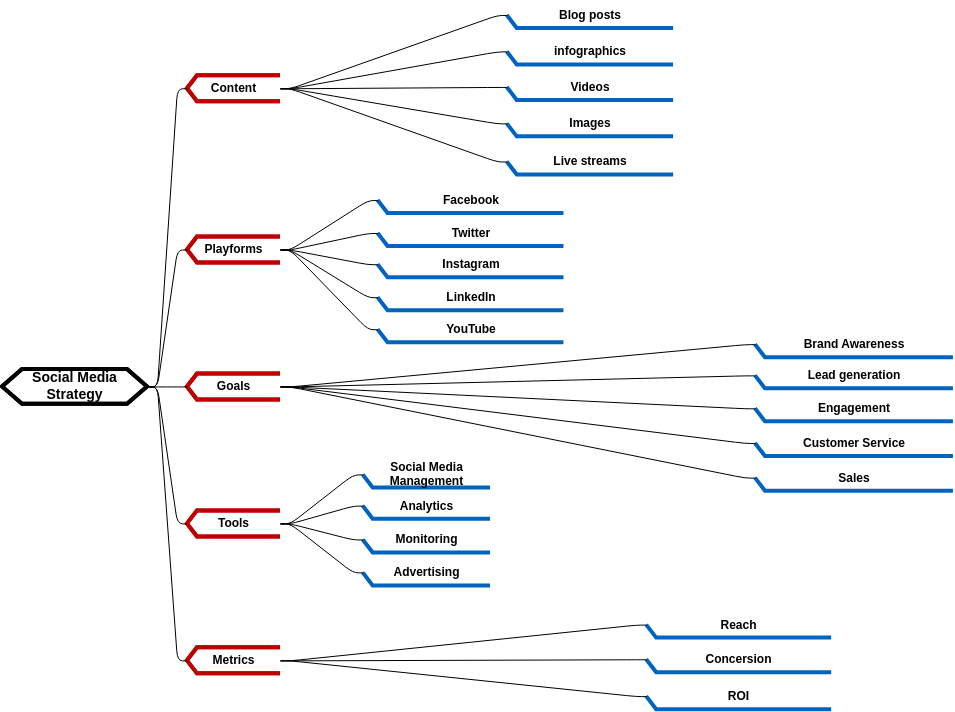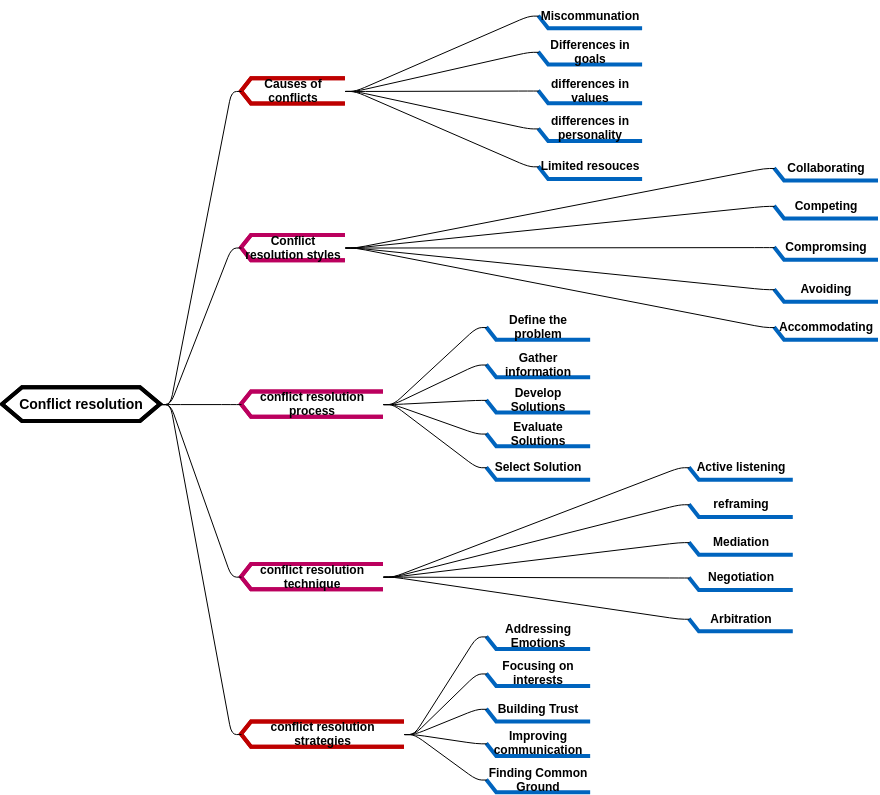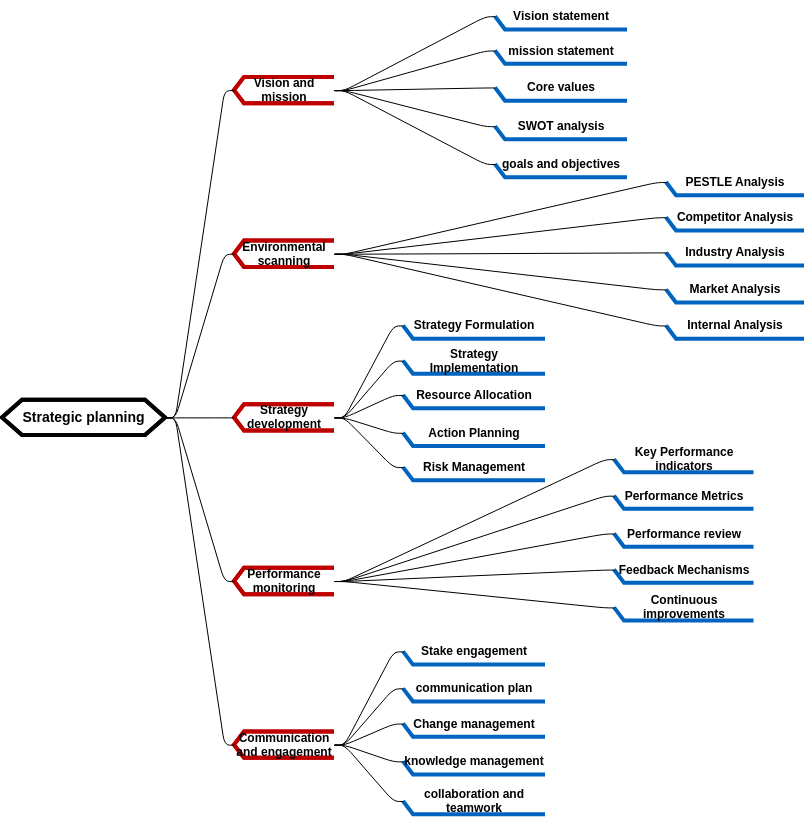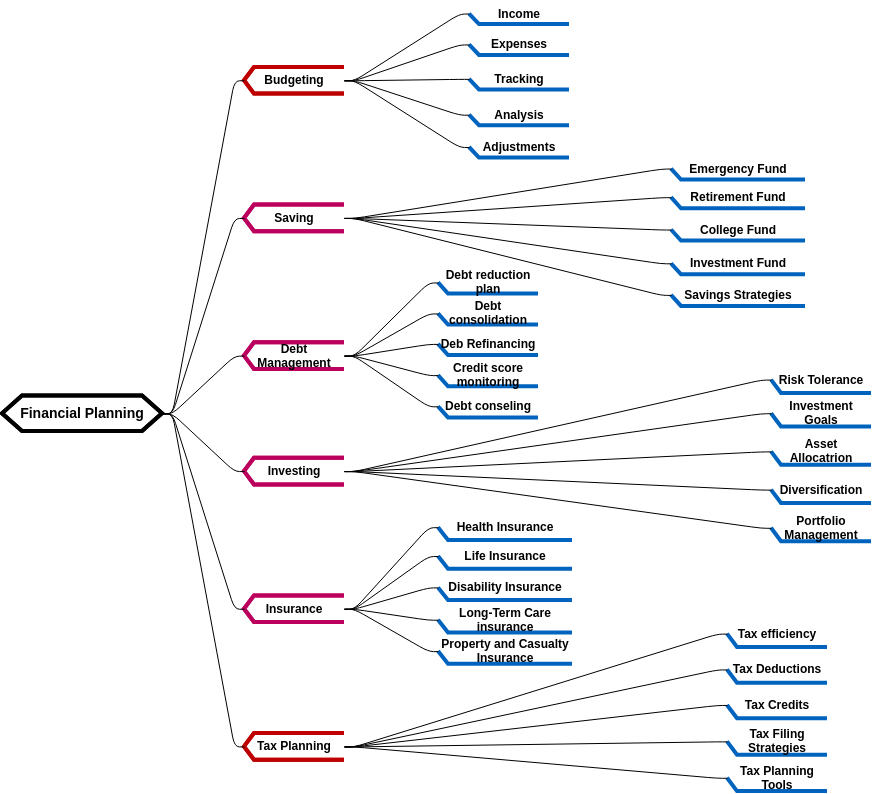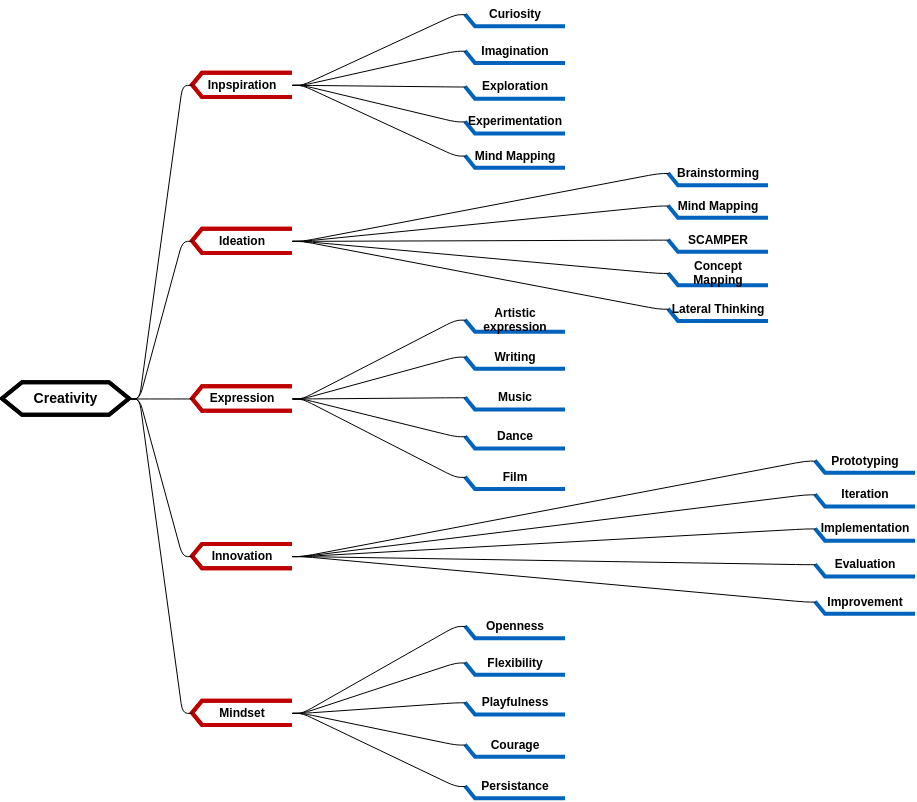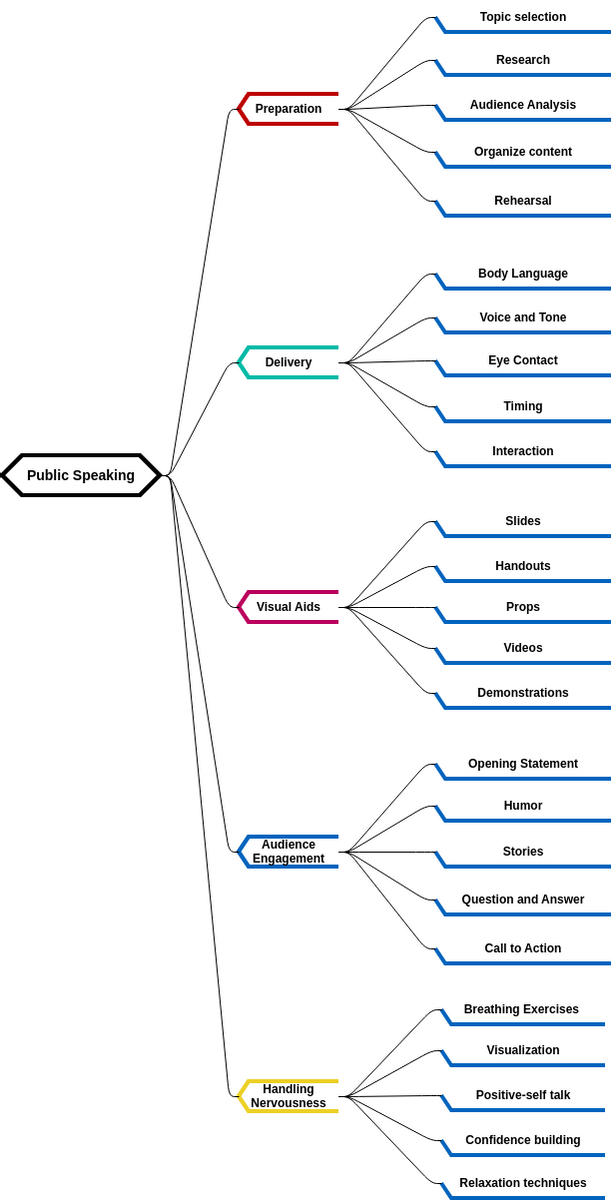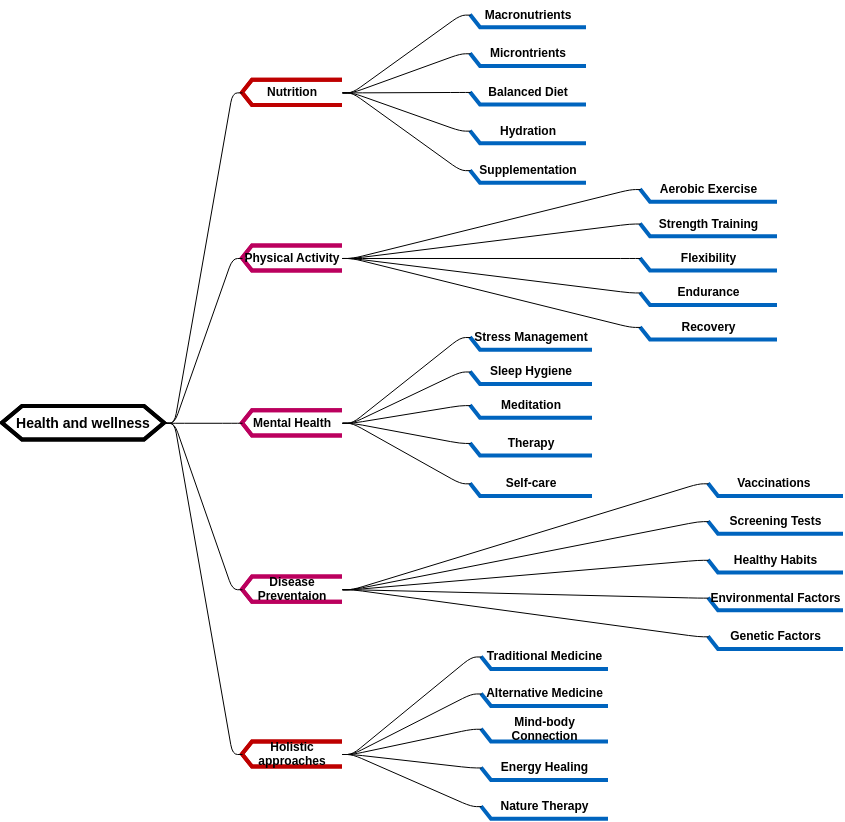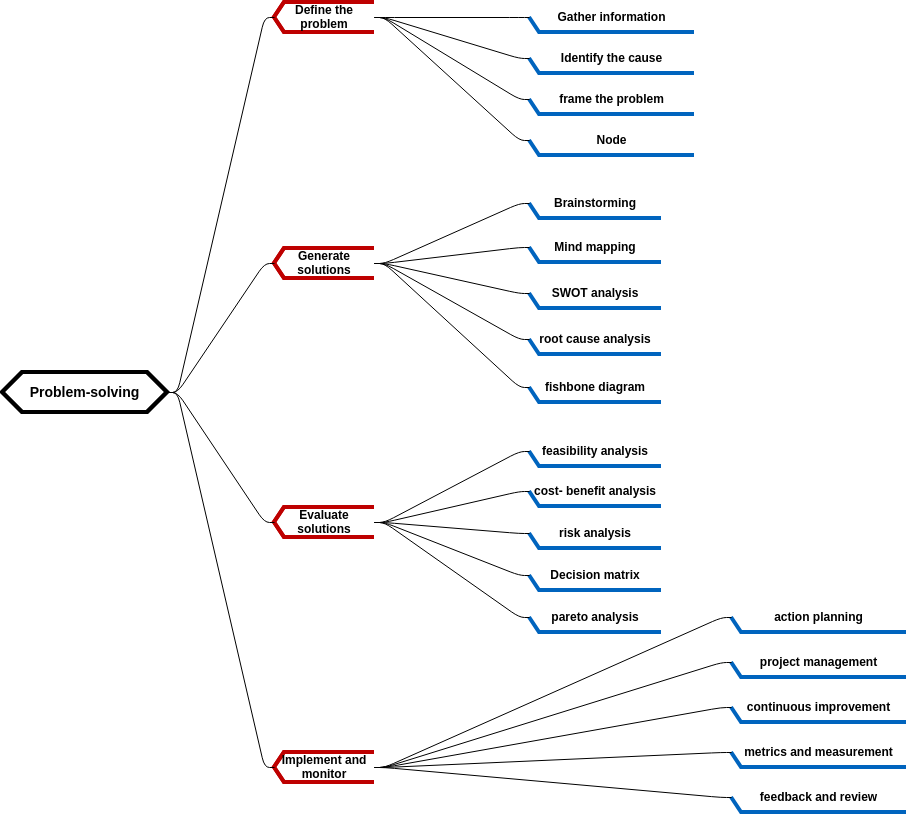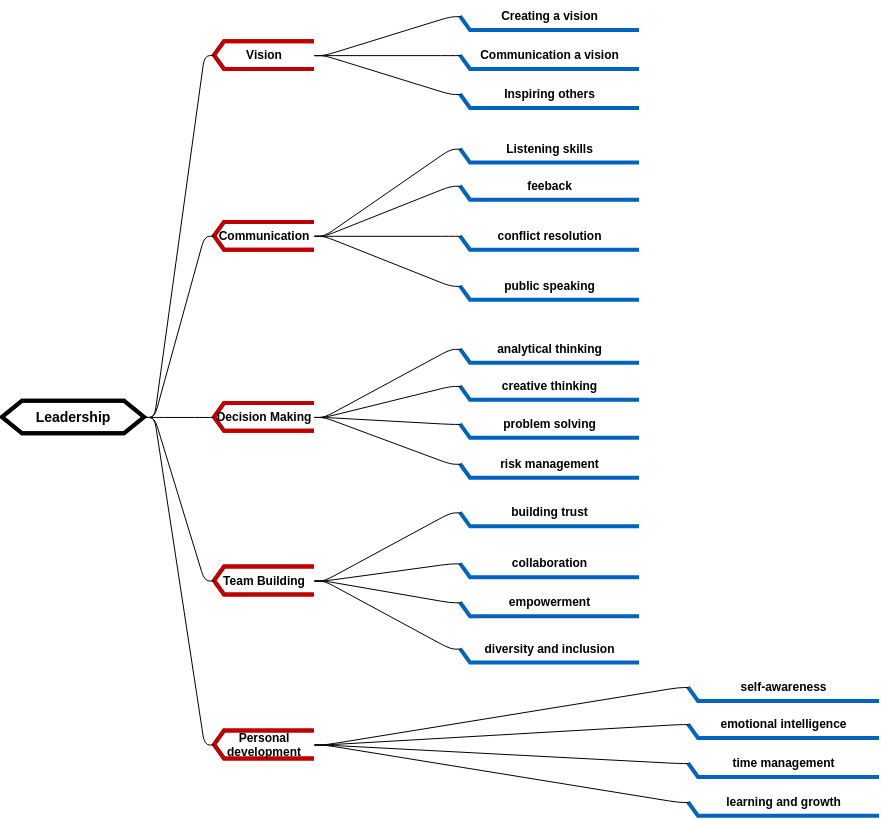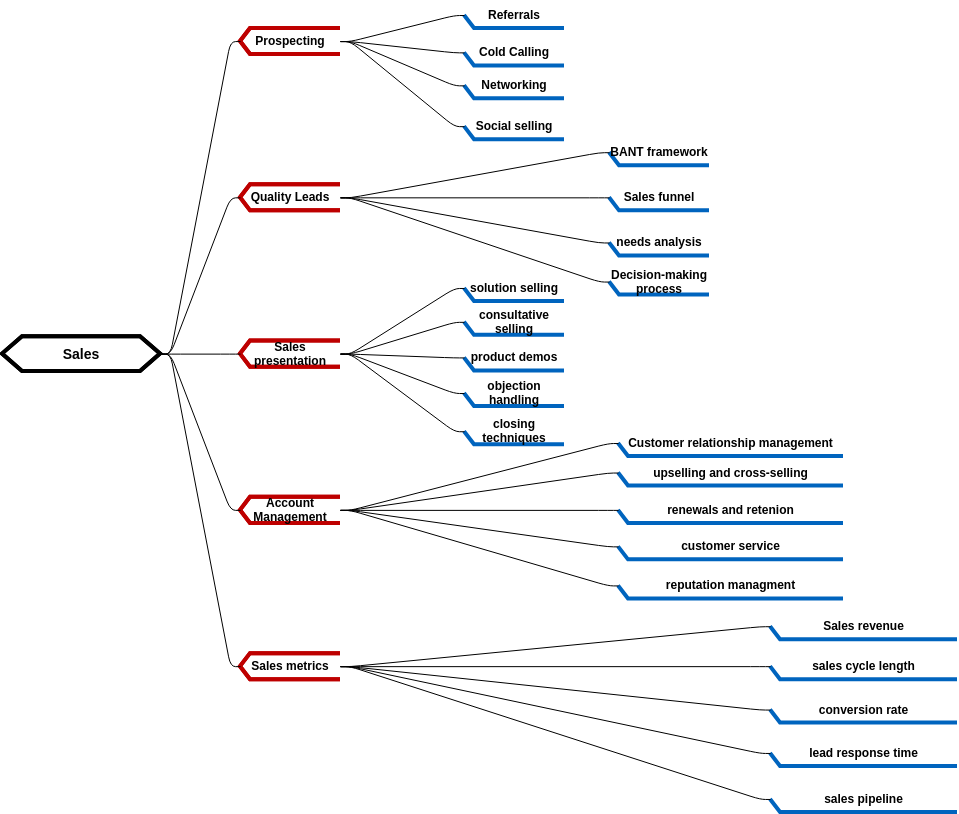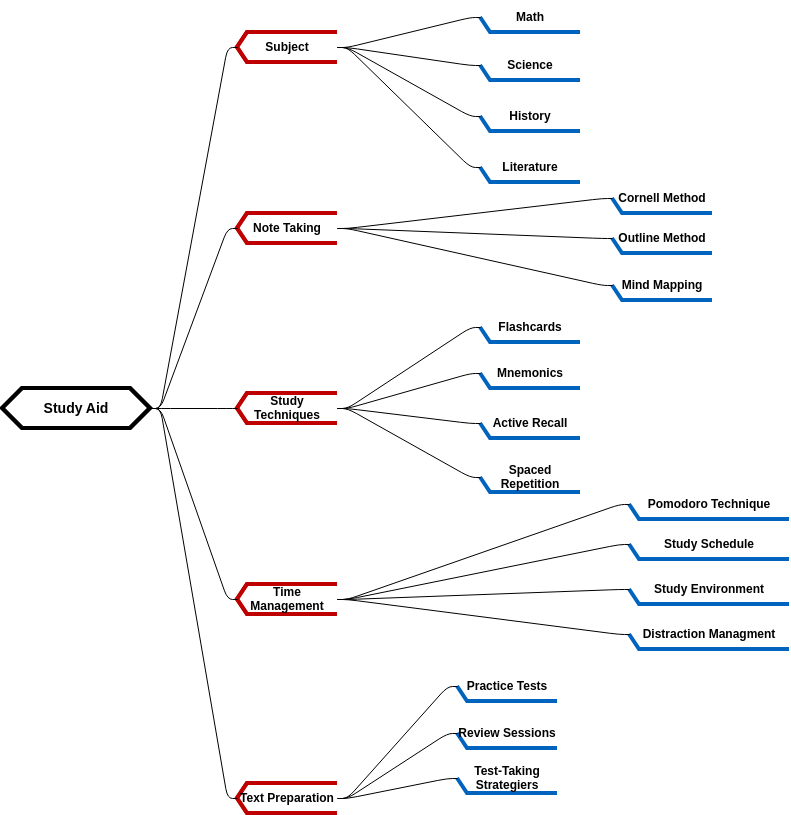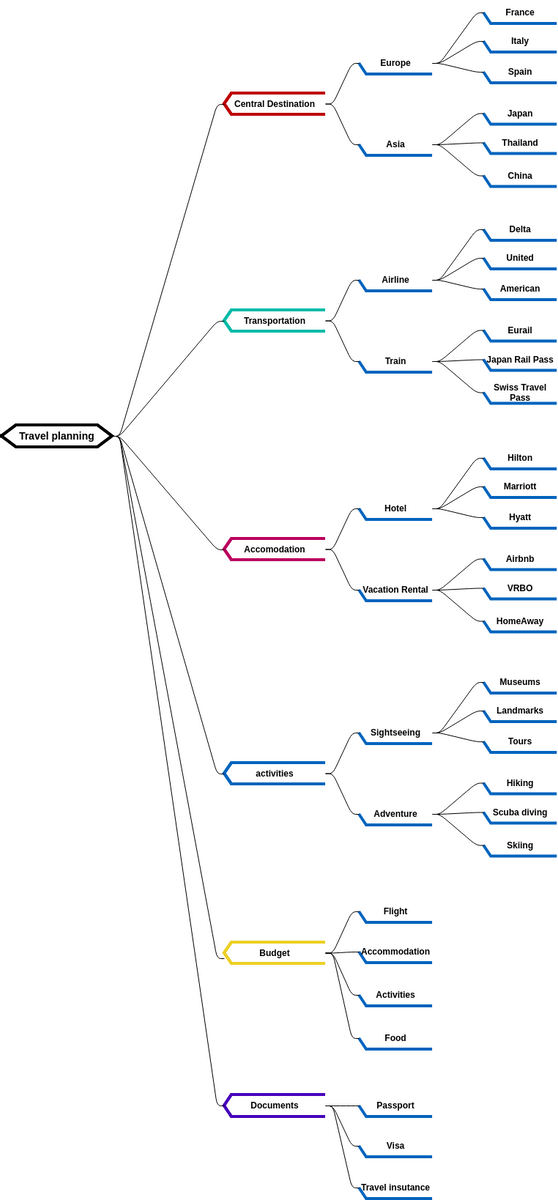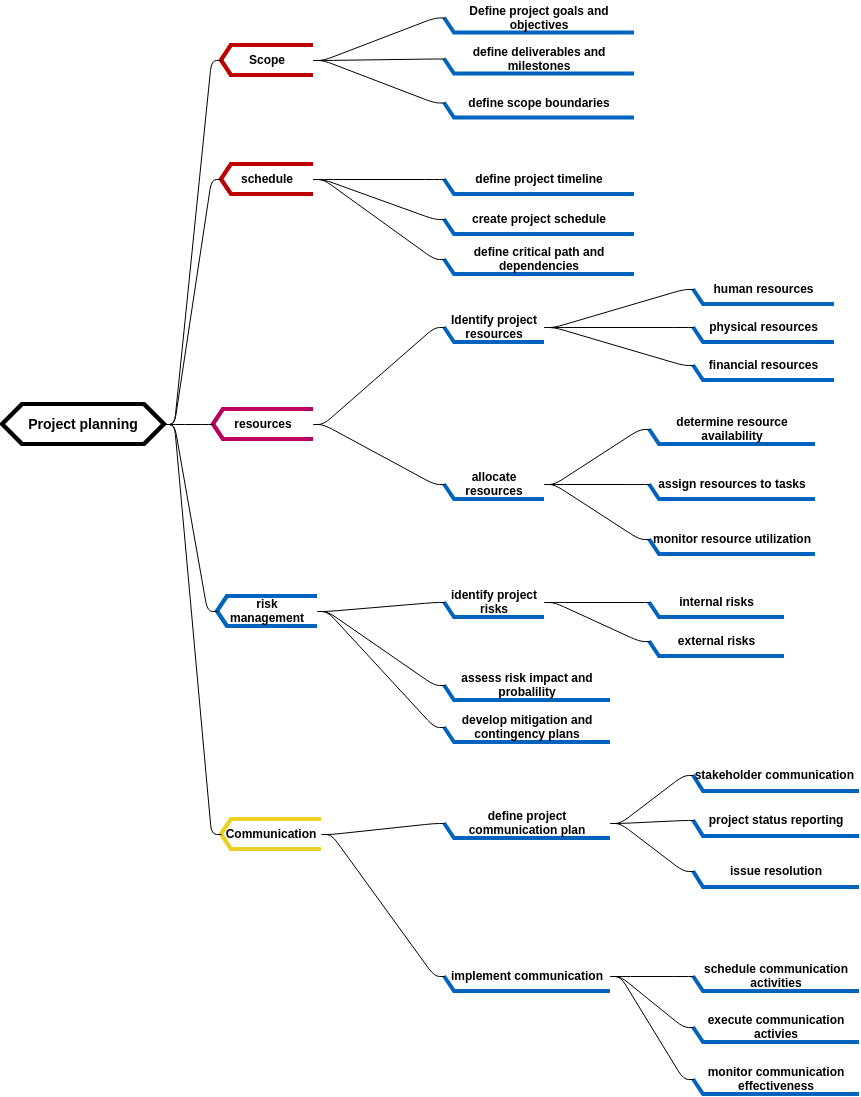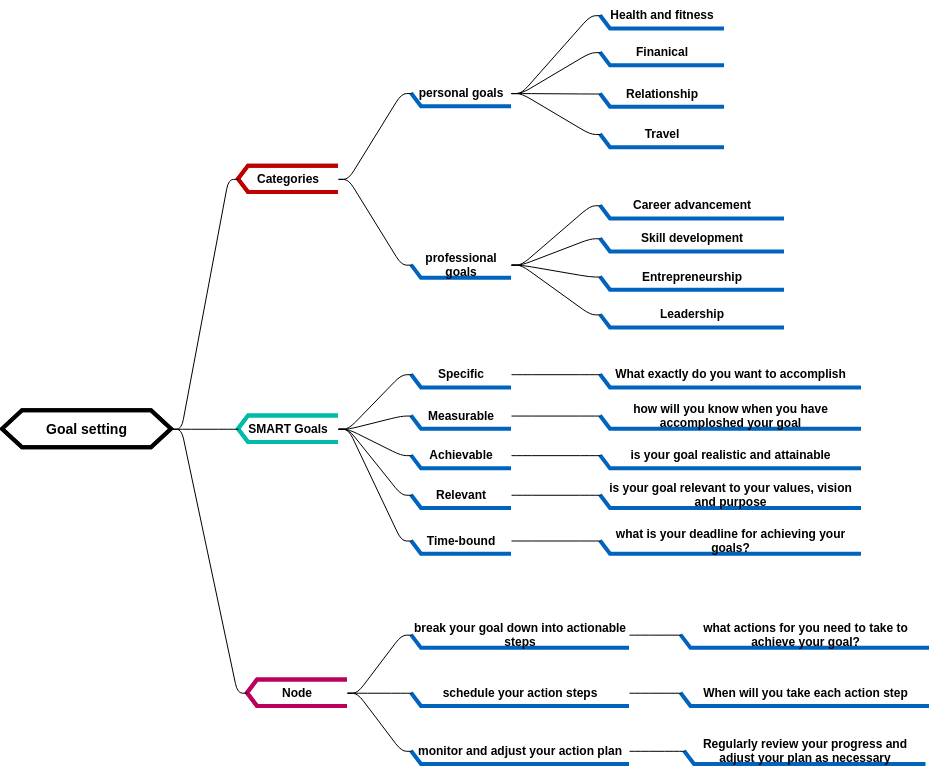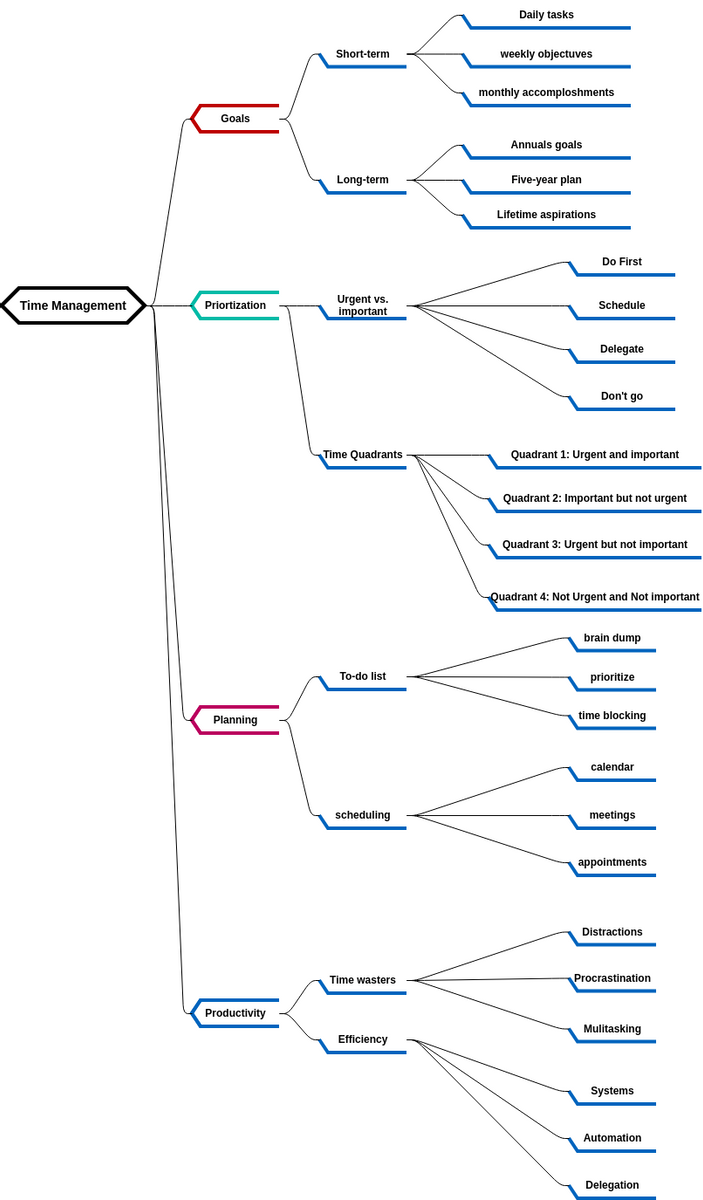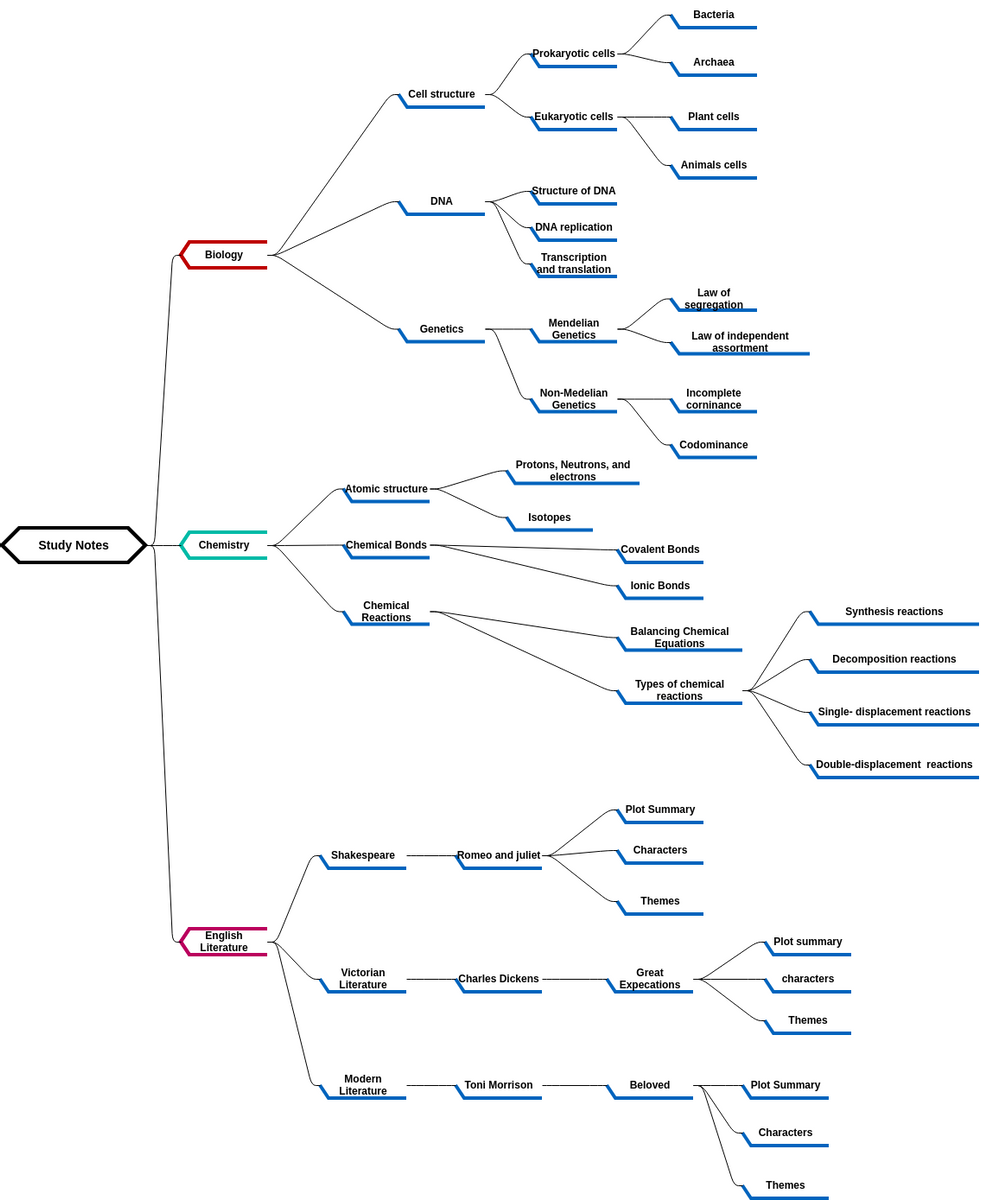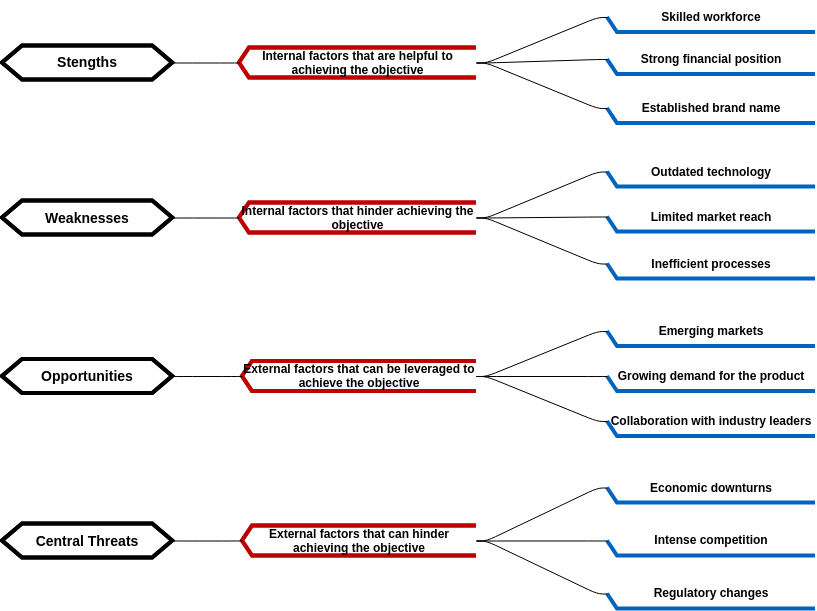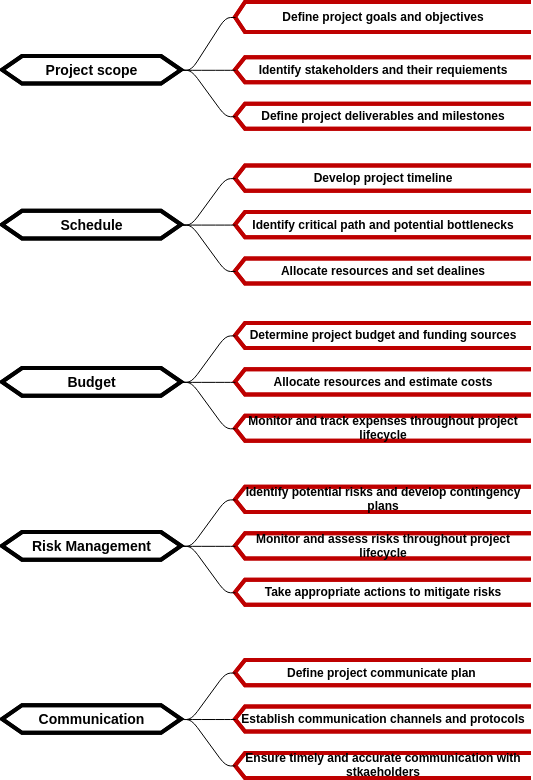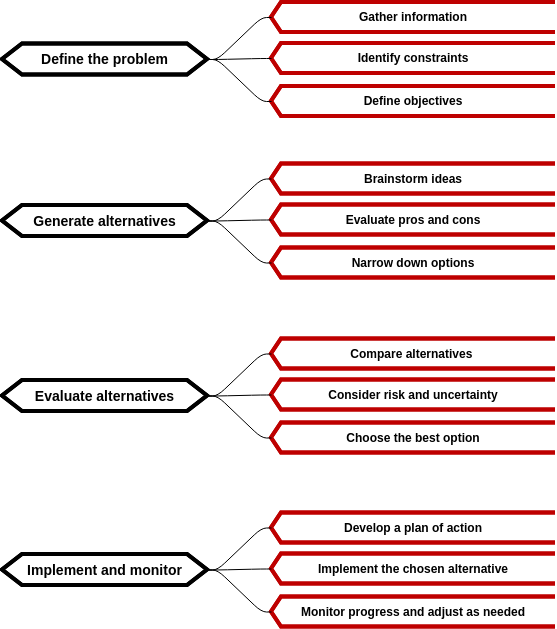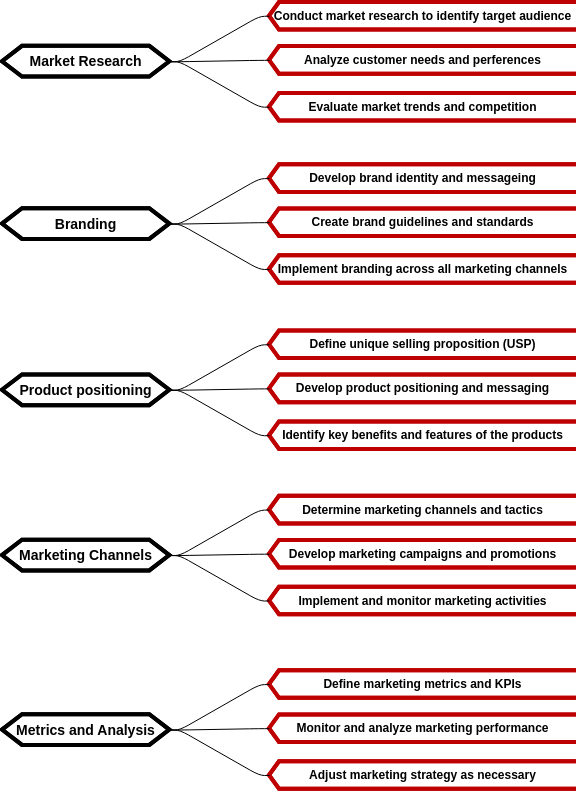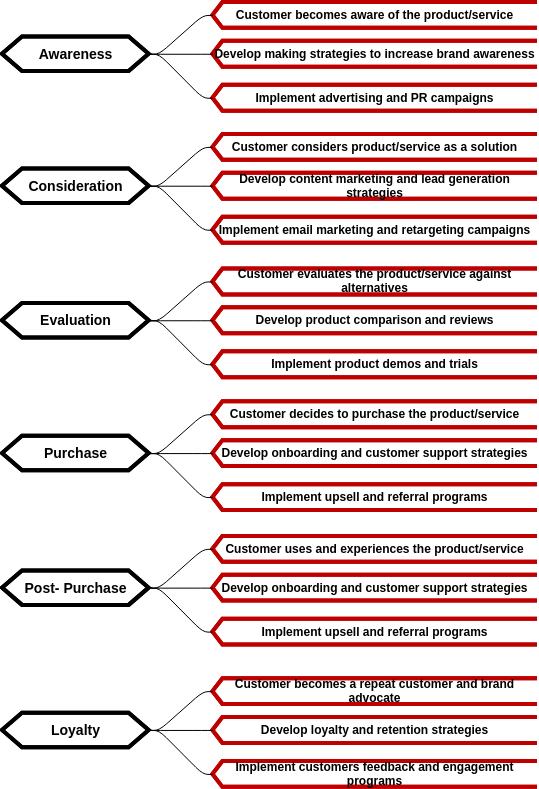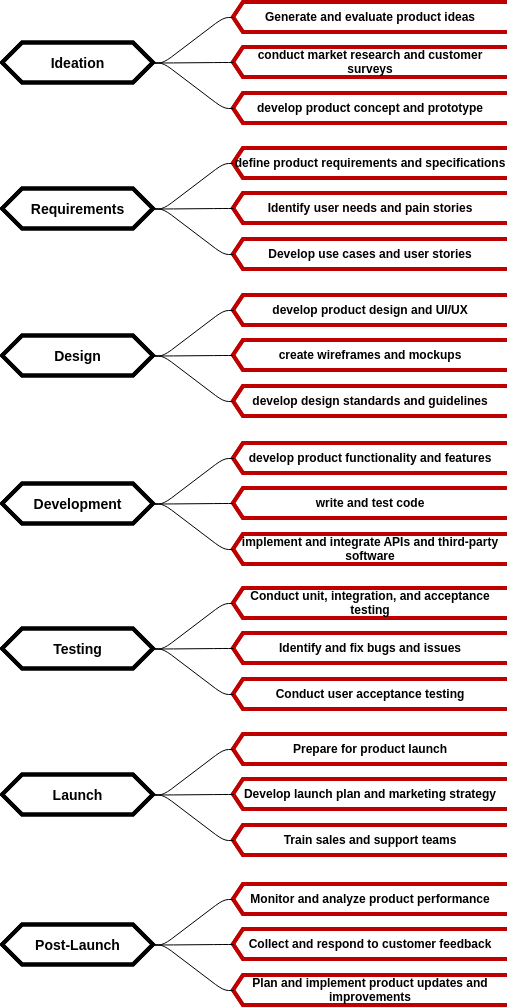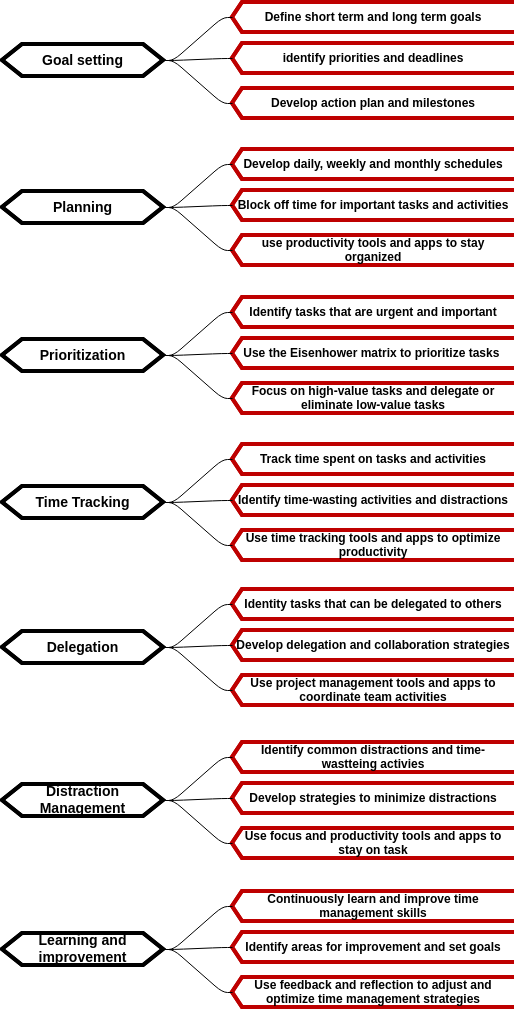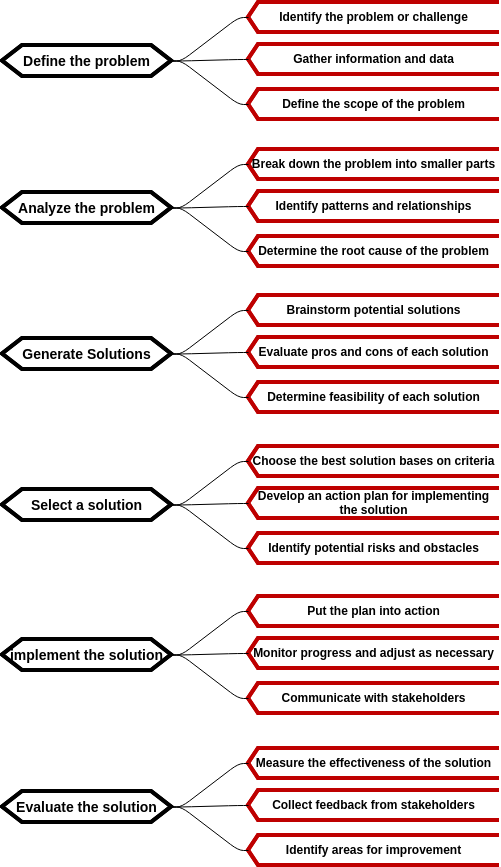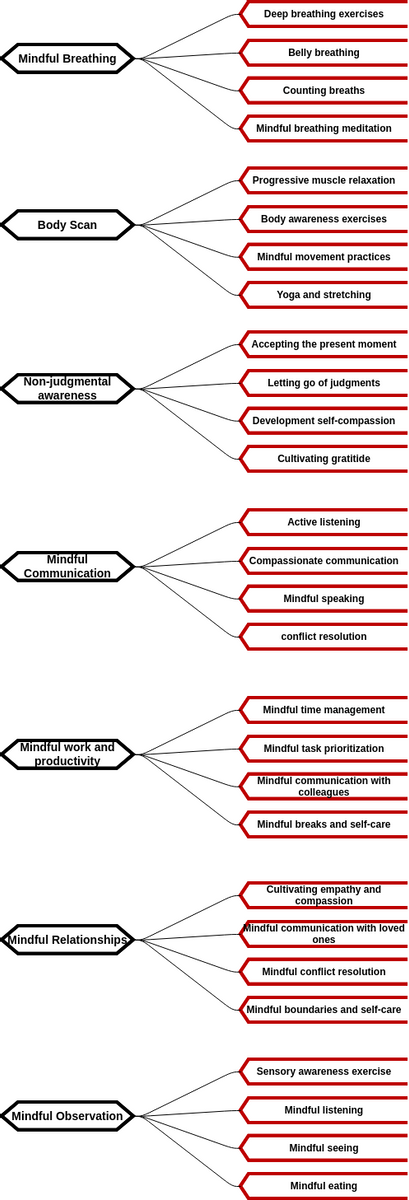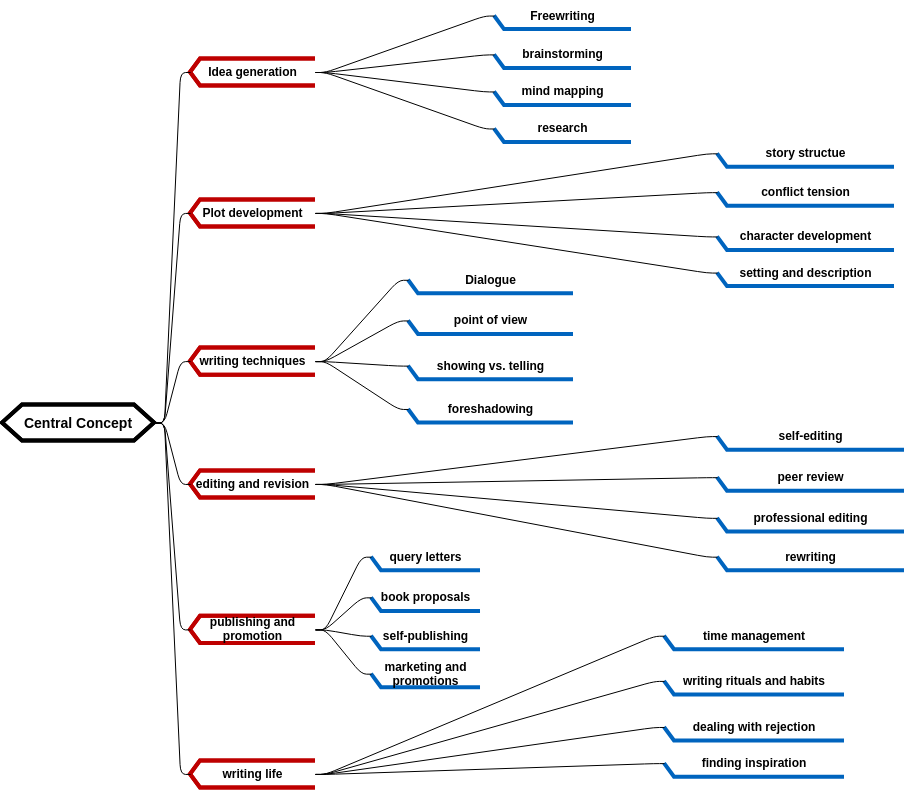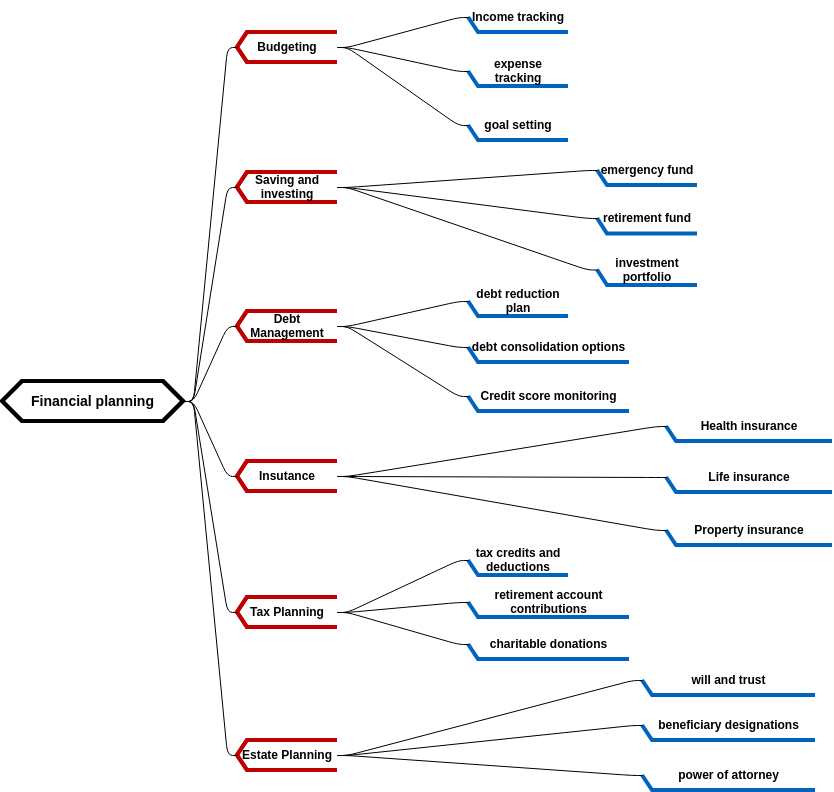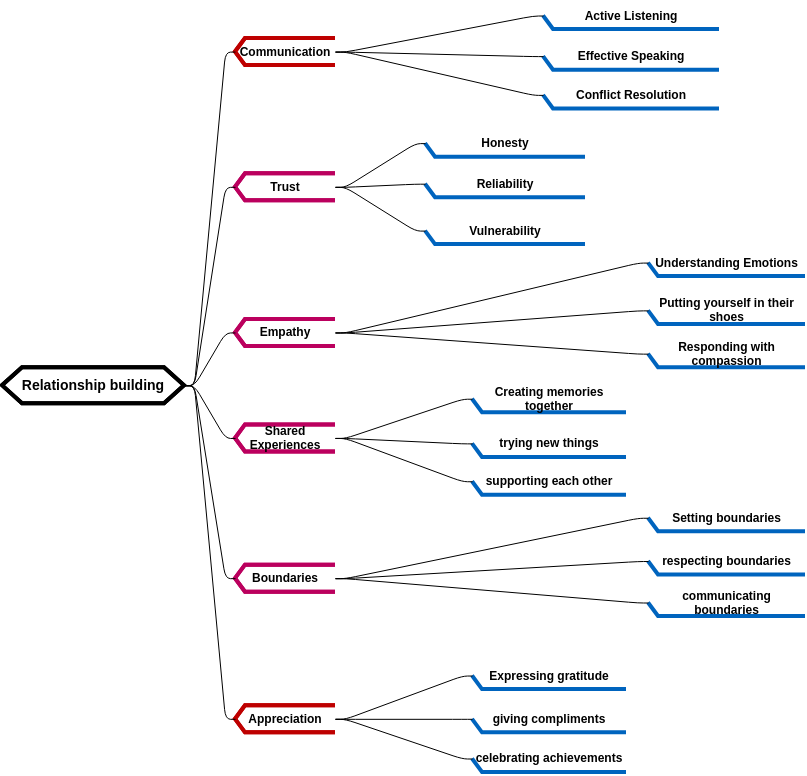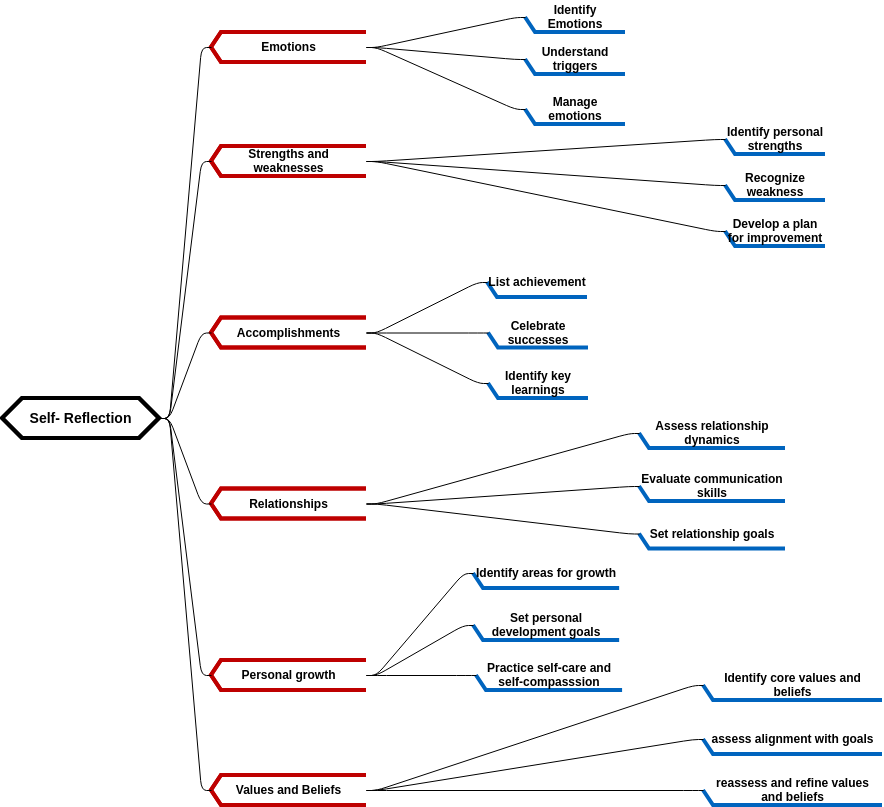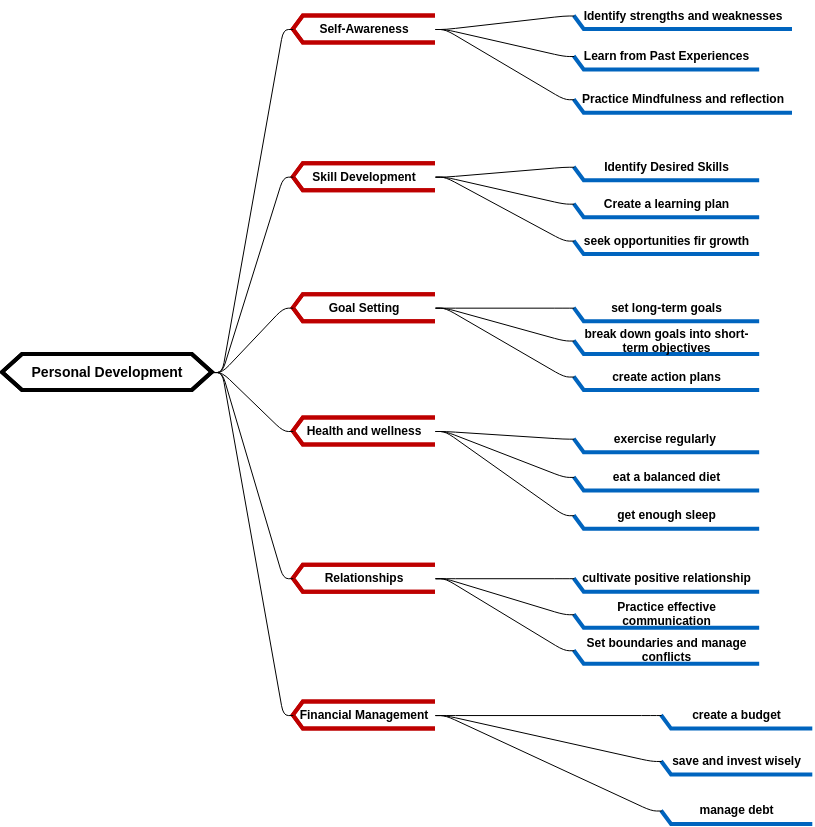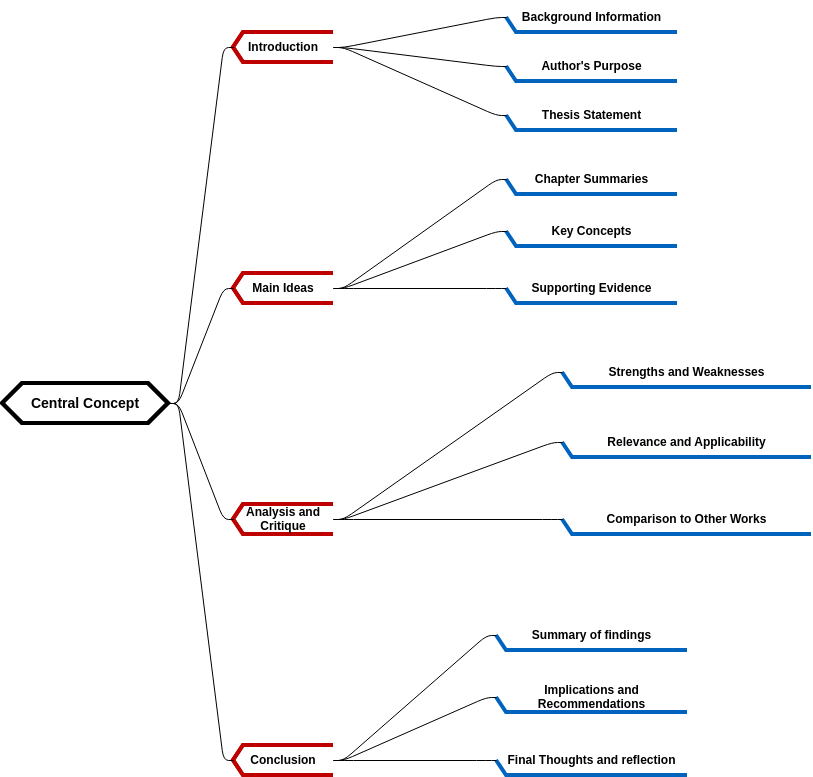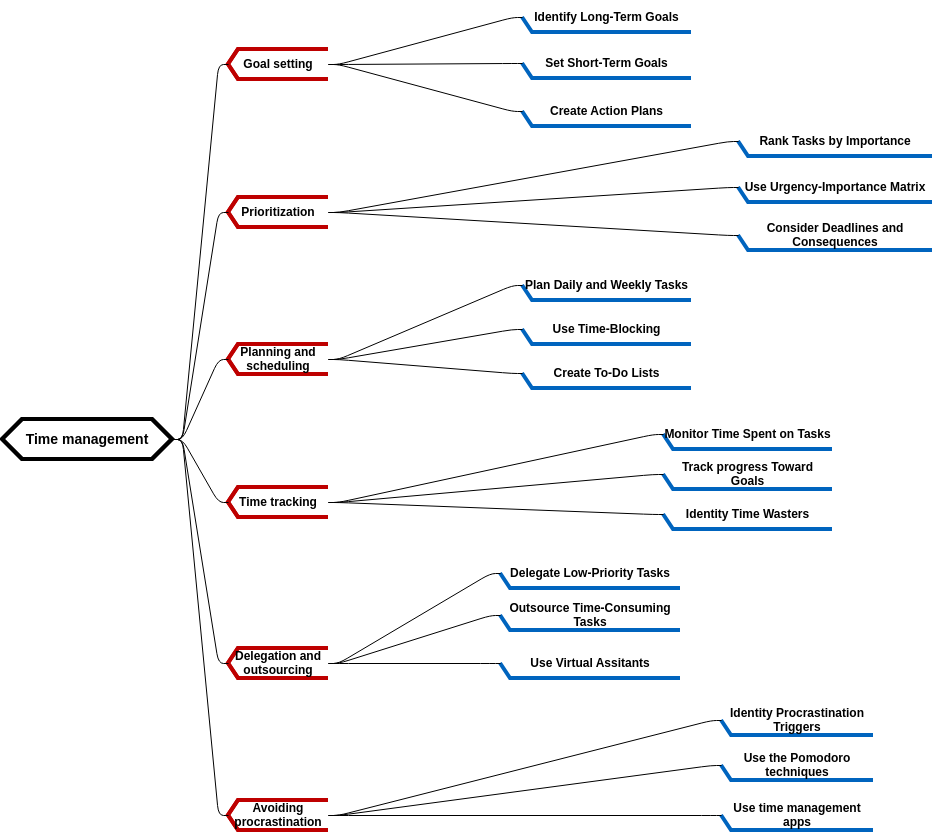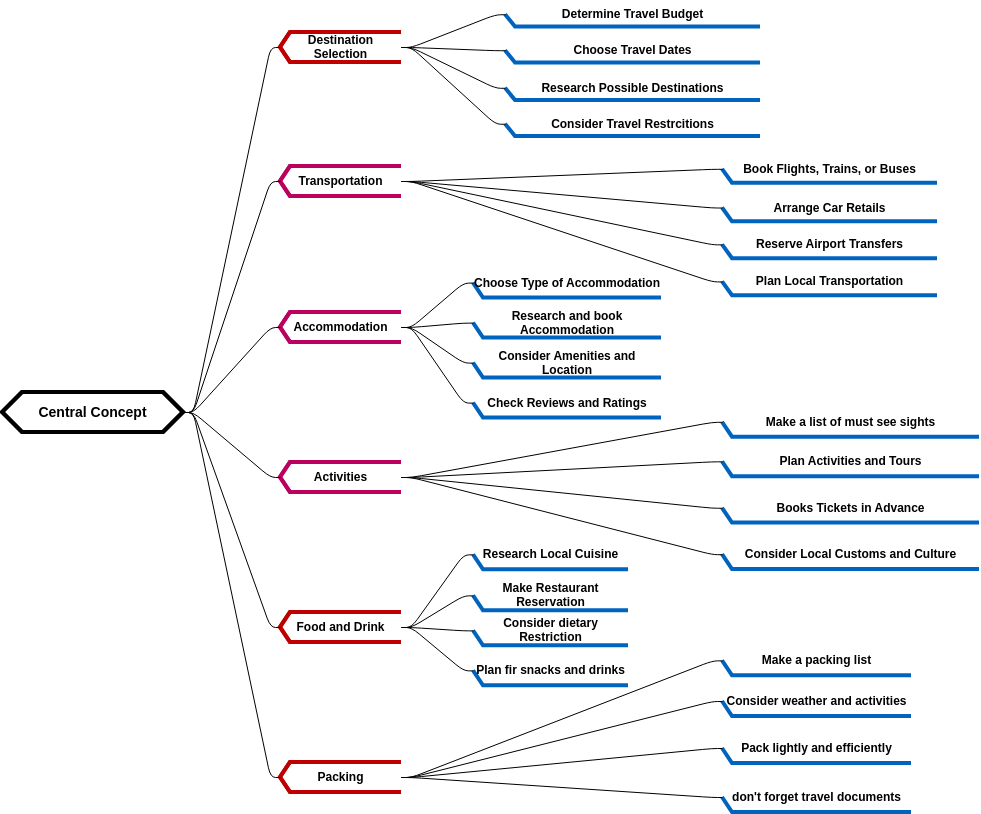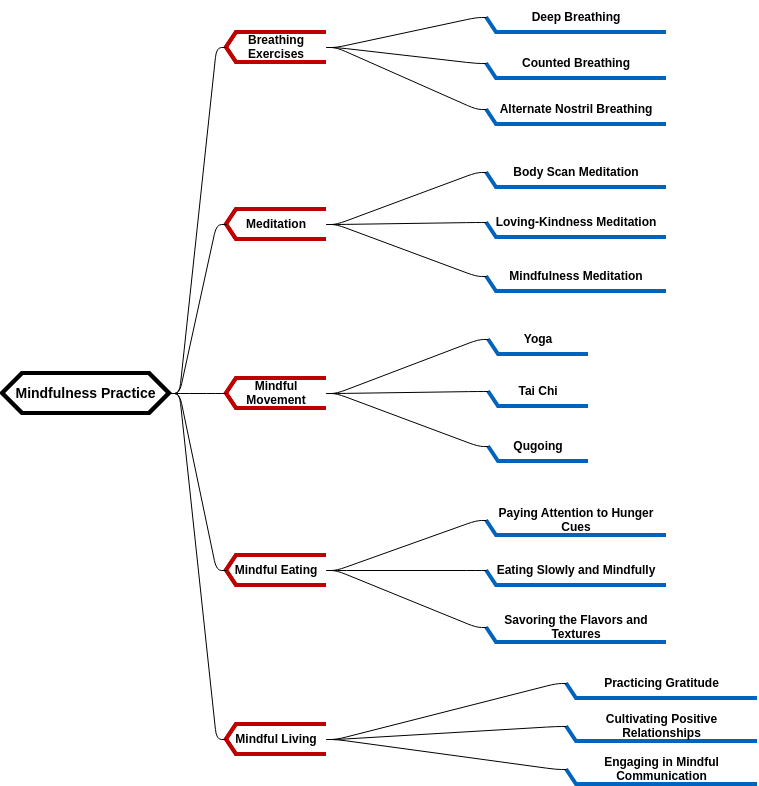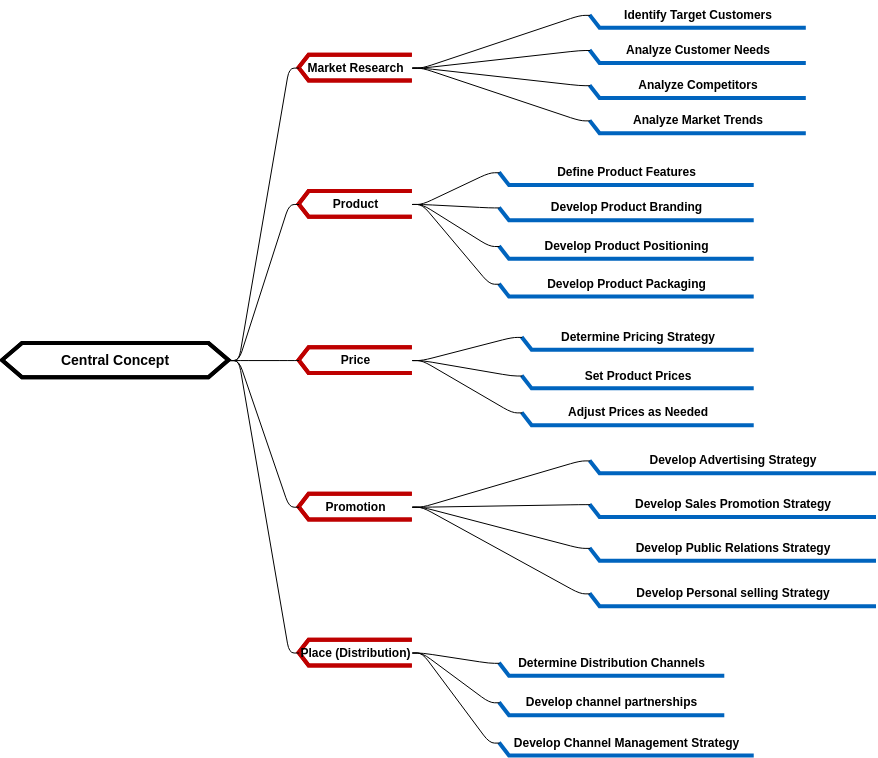The mind map for decision analysis starts with the decision problem, which refers to the issue or question that needs to be addressed. The first step in decision analysis is to develop alternatives, which are different options or courses of action that can be taken to address the decision problem. Once alternatives have been identified, decision models can be used to evaluate them and select the best option. Decision models can be categorized into three types: decision making under uncertainty, decision making under risk, and decision making under certainty.
Decision making under uncertainty involves situations where the outcomes of each alternative are unknown. Expected value models and scenario analysis are two techniques that can be used to evaluate alternatives under uncertainty. Expected value models involve assigning probabilities to each possible outcome and calculating the expected value of each alternative. Scenario analysis involves developing different scenarios and evaluating the alternatives under each scenario. Monte Carlo simulation is another technique that can be used to evaluate alternatives under uncertainty.
Decision making under risk involves situations where the outcomes of each alternative are known but are subject to some degree of uncertainty. Decision trees are a common technique used to evaluate alternatives under risk. Decision trees involve developing a tree-like diagram that shows the different possible outcomes and the probabilities associated with each outcome. By using decision trees, individuals can calculate the expected value of each alternative and select the option with the highest expected value.
Decision making under certainty involves situations where the outcomes of each alternative are known with certainty. Linear programming is a technique that can be used to evaluate alternatives under certainty. Linear programming involves developing an optimization model that identifies the best decision given a set of constraints and objectives. Linear programming can be used to address a range of decision problems, including those related to production planning, transportation, and resource allocation. By using linear programming, individuals can identify the best possible decision given the available resources and constraints.
Pros of creating this mind map
Creating a mind map for conflict resolution can have several benefits. First, it can provide a visual representation of the different factors that contribute to conflicts and the various approaches that can be used to resolve them. This can help individuals to understand the complexity of conflicts and the different ways in which they can be addressed. By having a clear and comprehensive overview of the conflict resolution process, individuals can be more effective in their conflict resolution efforts and can avoid common pitfalls and mistakes.
Another benefit of creating a mind map for conflict resolution is that it can promote collaboration and communication. By emphasizing the importance of open and honest communication, active listening, and empathy, the mind map can help to create a safe and respectful environment in which conflicts can be addressed in a constructive and productive manner. By building trust and fostering a sense of collaboration, individuals can work together to identify the root causes of conflicts and develop effective solutions that take into account the needs and interests of all parties involved. In addition, the mind map can also help to build conflict resolution skills and competencies, which can be useful in a variety of personal and professional contexts.
